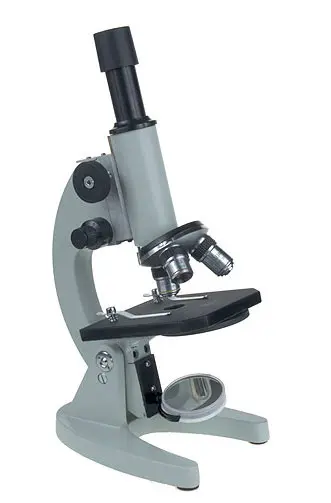Archaeology boasts a variety of methods for dating ancient artifacts. Items made from organic materials—like wooden utensils, canvases, and leather goods—can be analyzed using carbon-14 dating.
But what about a shard from a porcelain jug or a piece of glass? In these cases, carbon dating falls short.
It turns out that simply heating the samples can reveal their age based on the light they emit. Ceramic and glass objects contain tiny particles of radioactive substances. Over time, free electrons accumulate in ceramics. When heated, these electrons are released, producing additional radiation that enhances the normal glow emitted during heating.
However, this enhancement is so minimal that even the keenest eye would struggle to detect it. Fortunately, archaeologists have access to highly sensitive photometers that can determine the age of these artifacts, even if it dates back as far as 300,000 years.

